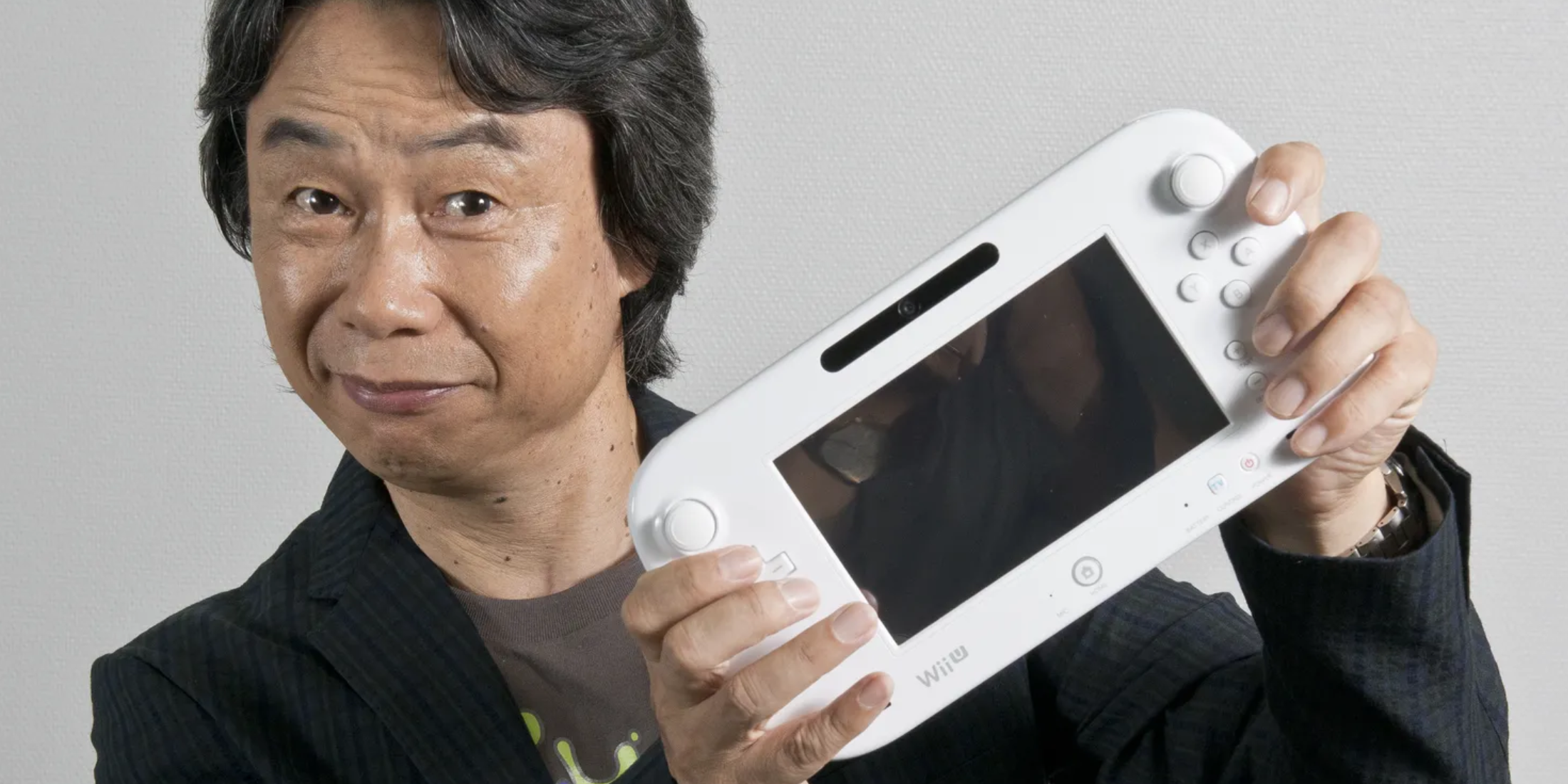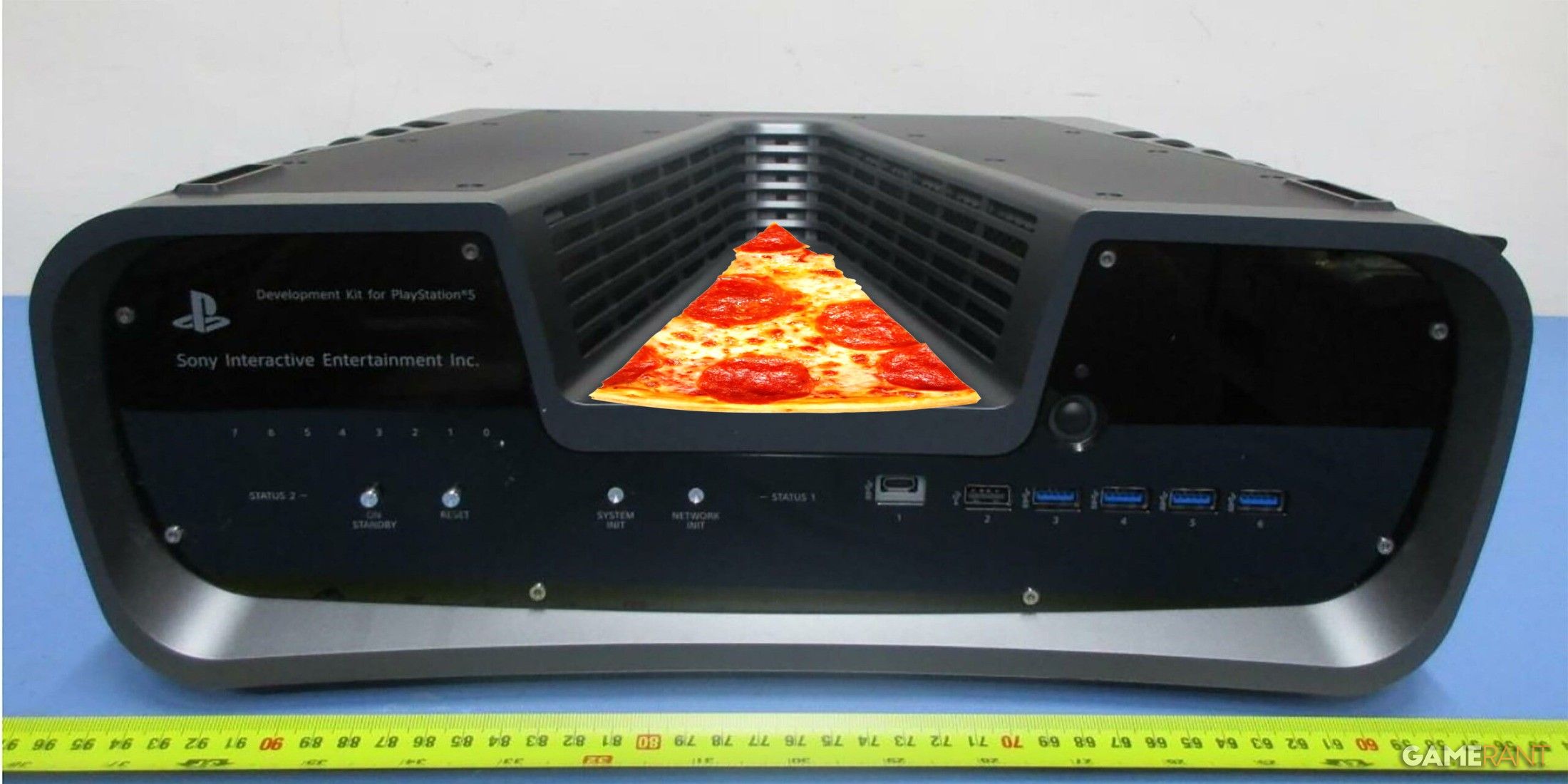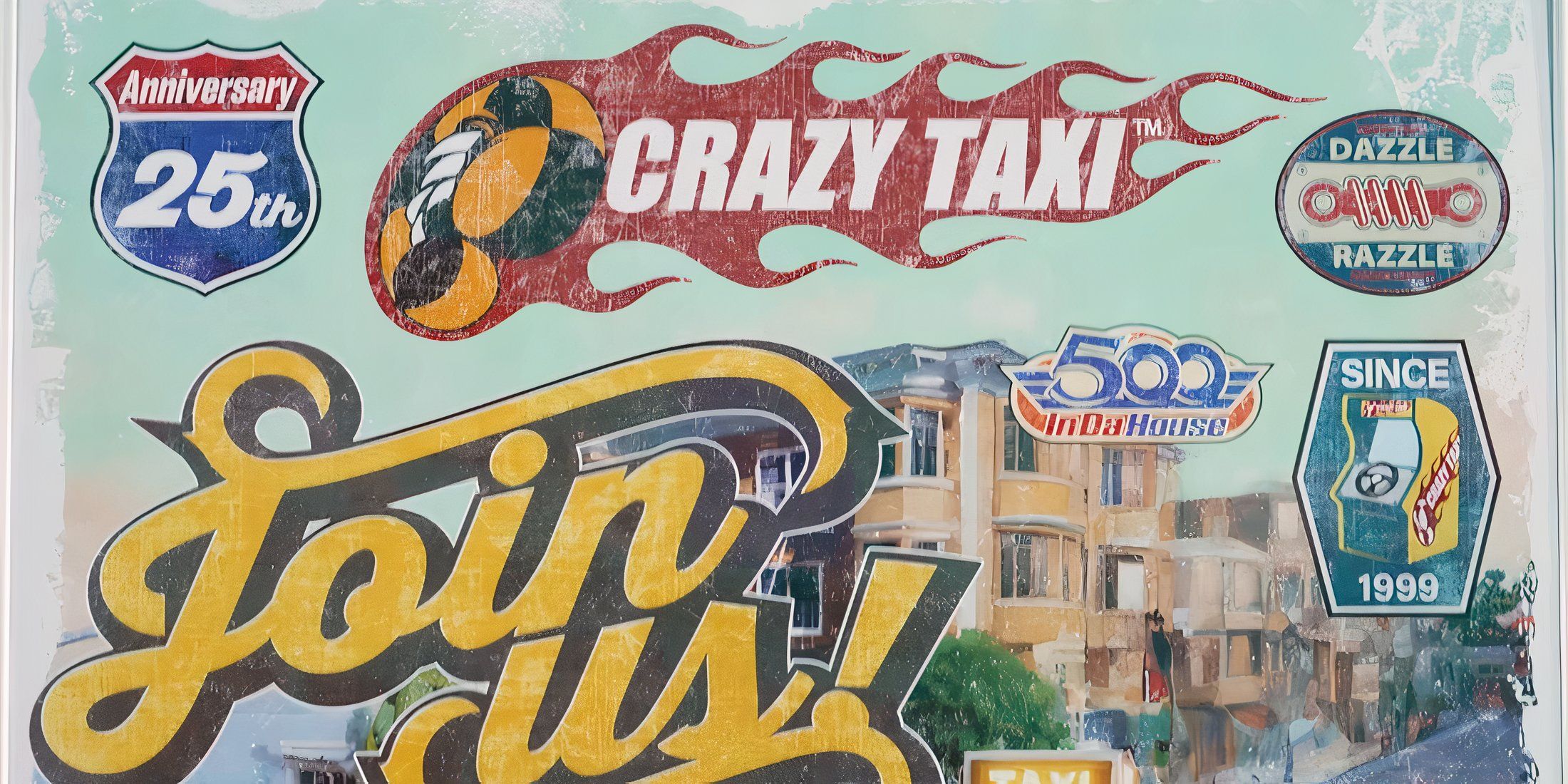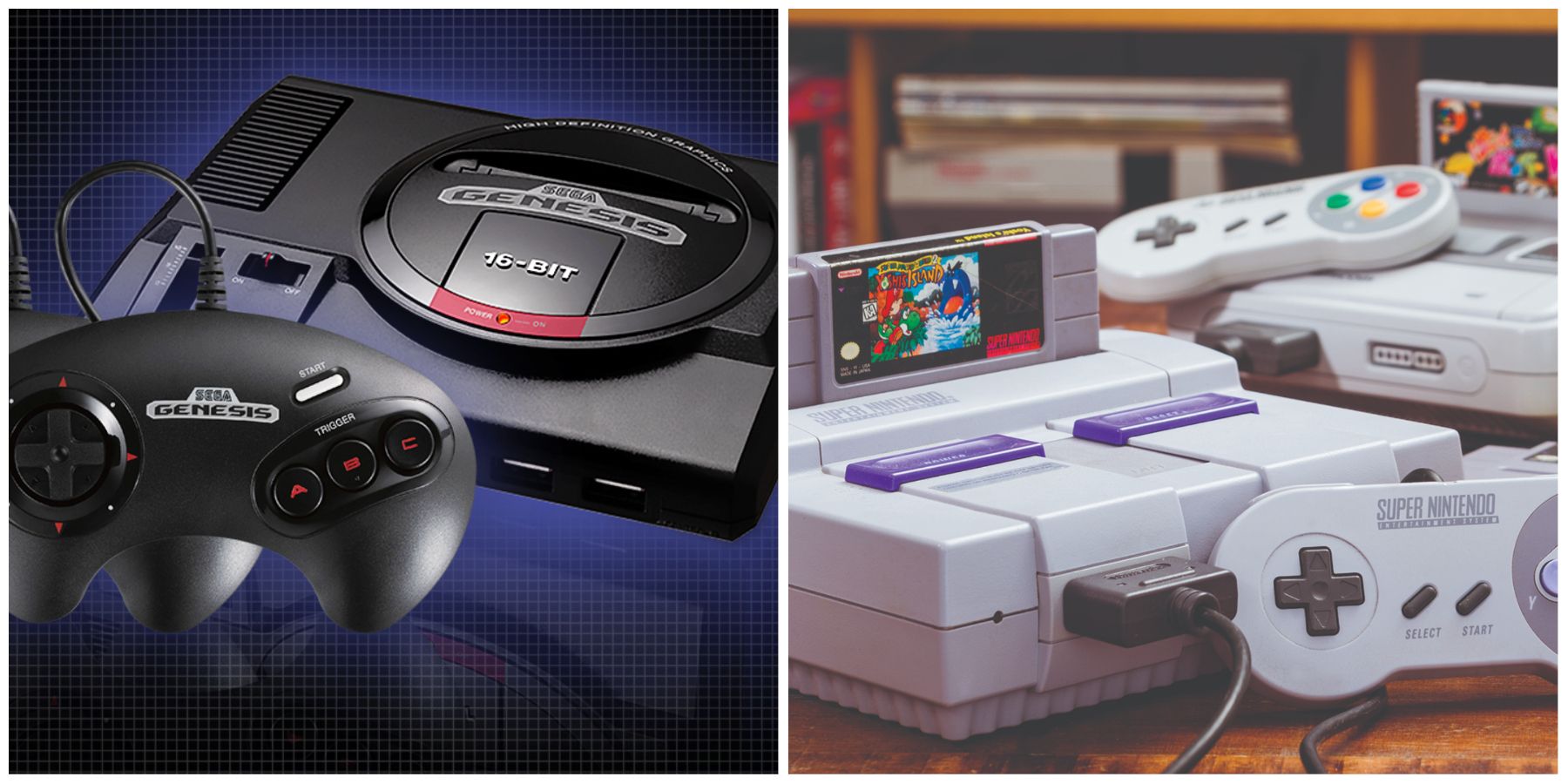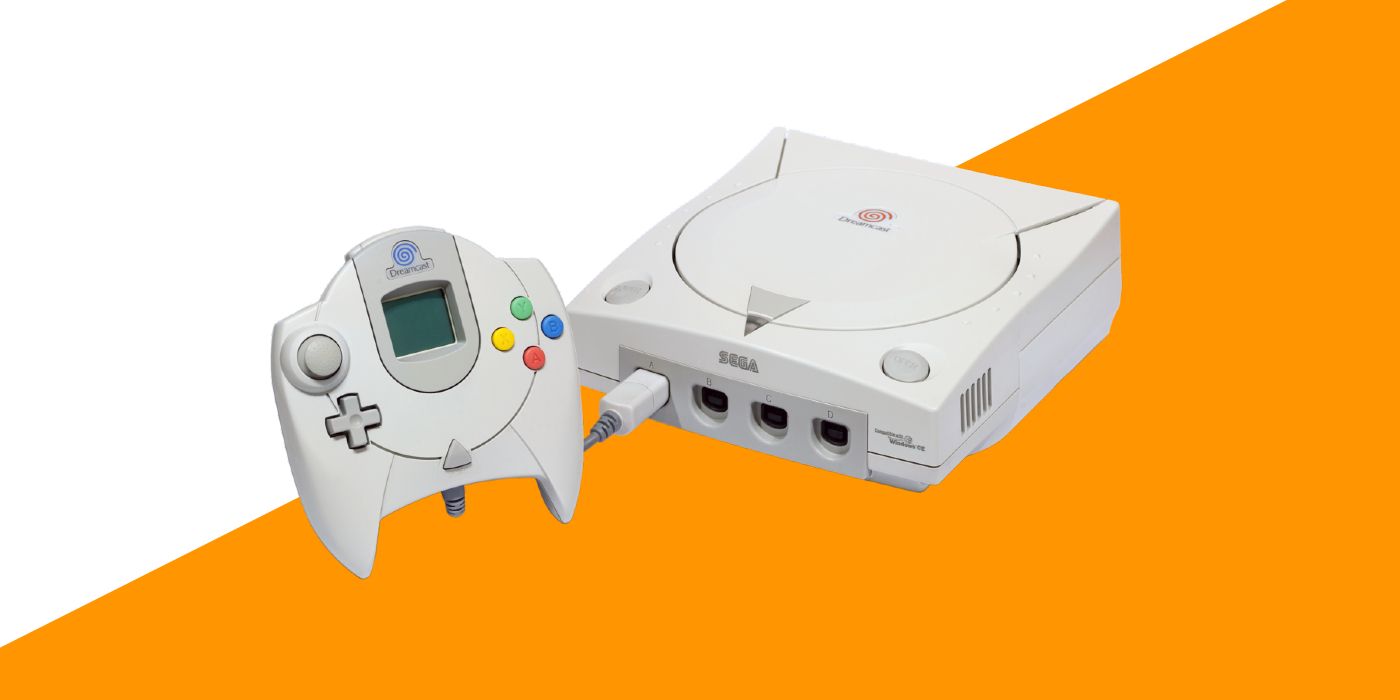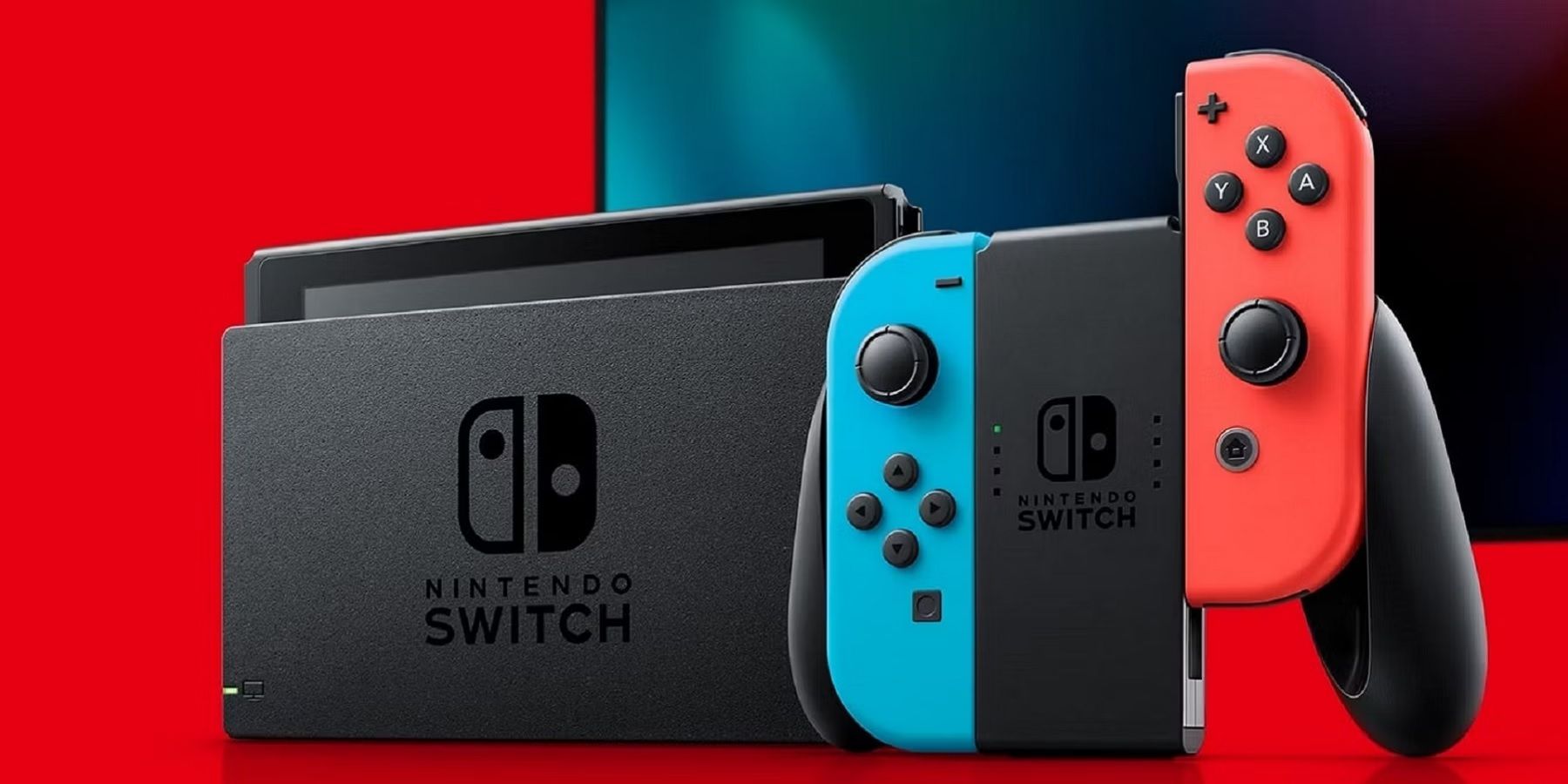As far as hobbies go, video gaming has always been on the expensive side. While clubs can set golfers back a few hundred dollars, they don't need to shell out $70 every time they want to try out a new course. One of the most expensive aspects of gaming has always been the consoles themselves, and though pricing is fairly competitive between big companies, that wasn't entirely the case back when Nintendo and Sega seemed to make up the rules as they went.
With Nintendo and Sega getting their start in the early 1980s when the hobby was picking up, both companies could set their price and stick to it, with little-to-no competition forcing the price down. Looking back, both Sega and Nintendo's consoles seem to have fair price points, but adjusted for inflation it paints a different picture.
Sega - From the Genesis to the Dreamcast
- SG-1000: Original retail price - $65, Adjusted for inflation - $193
- Sega Master System: Original retail price - $200, Adjusted for inflation - $551
- Sega Genesis: Original retail price - $199, Adjusted for inflation - $499
- Sega Saturn: Original retail price - $399, Adjusted for inflation - $799
- Sega Dreamcast: Original retail price - $199, Adjusted for inflation - $362
Entering the gaming market in 1983 with the SG-1000, Sega became well known in Japan, selling about 1.4 million units in just five years. The original $65 price tag of the SG-1000 looks unbelievable today, but when adjusted for inflation that price makes more sense, especially taking the market into consideration. In the early 1980s, gaming was pretty new and very niche, so selling the SG-1000 at such a reasonable price was smart. Sega released the Master System just two years later, and pushed its luck a little by charging a lot more for essentially the same piece of kit.
While Sega had become popular in Japan, it hit new heights with the Sega Genesis. Hitting store shelves in 1988, the Genesis retailed for a higher price, but it proved to be much more valuable than its predecessor. The Sega Saturn would soon follow, and this is when Sega seemed to get too cocky. The Saturn released at a frankly ridiculous price point, making it the most expensive Sega console when adjusted for inflation.
Toward the end of the 1990s, console manufacturers would start to price their consoles more competitively. Sega's final home console, the Sega Dreamcast, released in 1998. The Dreamcast originally retailed for just $199, a steep decline from the Saturn, and on-par with the Genesis a decade prior. However, this reasonable pricing didn't help Sega's sales, leading the company to drop out of the console market altogether.
Nintendo - From the NES to the Switch
- Nintendo Entertainment System: Original retail price - $89.99, Adjusted for inflation - $243
- Super Nintendo Entertainment System: Original retail price - $199, Adjusted for inflation - $433
- Nintendo 64: Original retail price - $199.99, Adjusted for inflation - $378
- GameCube: Original retail price - $199, Adjusted for inflation - $333
- Wii: Original retail price - $249.99, Adjusted for inflation - $368
- Wii U: Original retail price - $299, Adjusted for inflation - $386
- Switch: Original retail price - $299, Adjusted for inflation - $362
When looking back at Nintendo's long history of making consoles, it's surprising to see most machines retailing for around the same price when adjusted for inflation. The only real outliers are the first two consoles, the NES and the SNES. The NES launched when gaming was in its infancy, coming out two years before the Sega Genesis. With it being such a niche product, Nintendo retailed the NES for a reasonable price.
The NES was a hit across the world, and for its follow-up Nintendo would raise the price significantly. Despite being essentially double the price of the original NES, the SNES was also a massive success, retailing for the same price as the Genesis that released three years earlier in the US. Moving into the late 1990s, Nintendo was forced to be a little more competitive with the Nintendo 64, which launched just before the Sega Dreamcast and after Sony's groundbreaking PlayStation.
This is where Nintendo's pricing trend starts, with all future consoles coming in at around the same price to remain competitive. Though Nintendo's biggest rival Sega had announced its departure from the console scene in 2001, Nintendo still had plenty of competition. The GameCube had to compete with both the PlayStation 2 and the surprise newcomer Xbox, and thus retailed for $100 less.
Moving to Nintendo's more modern consoles, the Wii launched in 2006 and retailed for $249.99. By comparison, the Xbox 360 retailed for $400, and the PS3 launched at a ridiculous $499.99. The Wii's lower price point and family-targeted marketing ensured it was a huge success, something the Wii U couldn't match despite the reasonable price point. The Nintendo Switch, on the other hand, seems like it was perfectly priced, offering both a handheld and home console in one sleek package.

